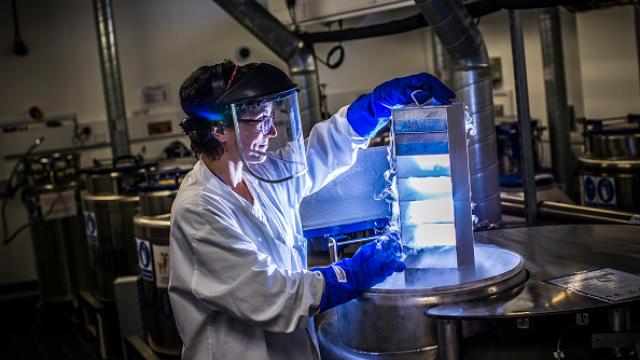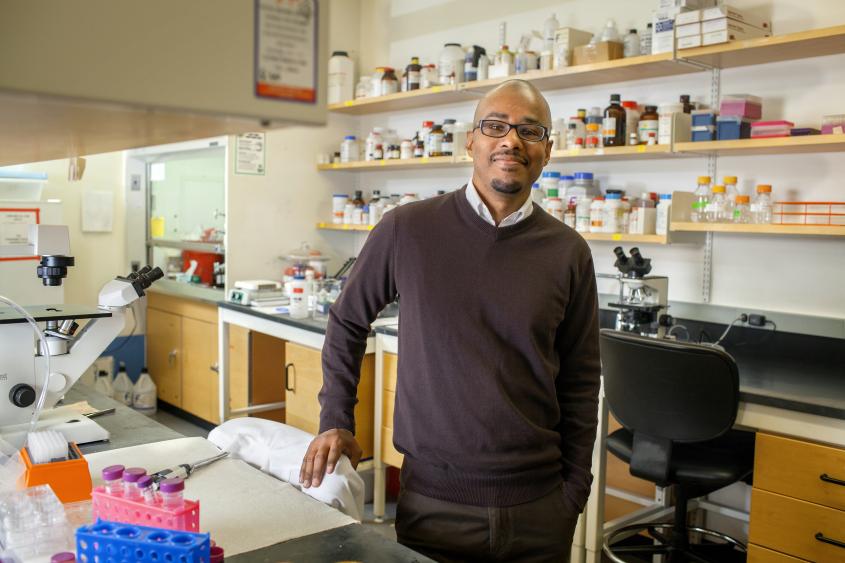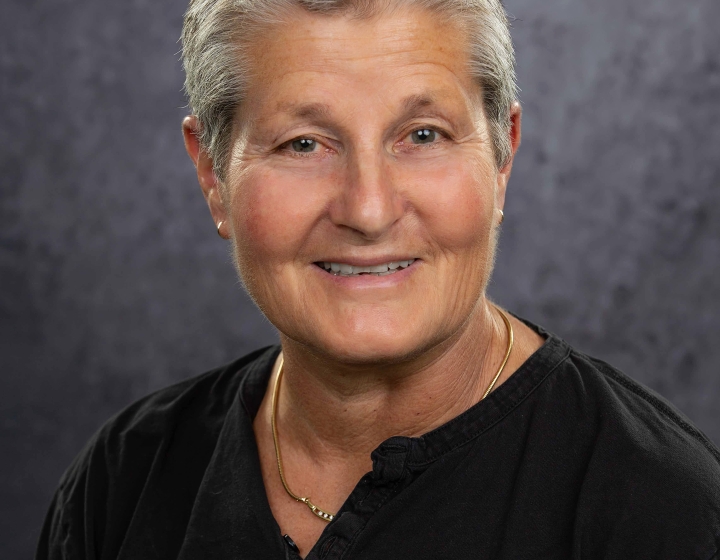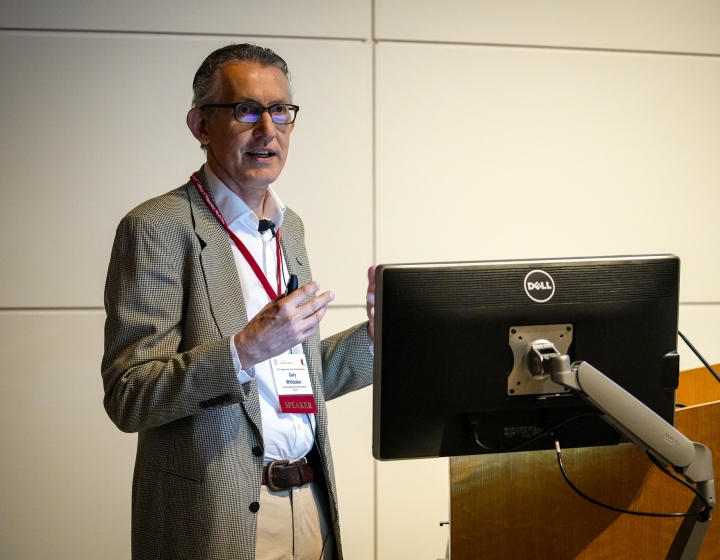Avery August discusses benefits of biomedical innovation in The Hill
The following opinion column appeared in The Hill and is written by Dr. Avery August, professor of immunology at Cornell University College of Veterinary Medicine and Dr. Cherie Butts, associate director for Program Leadership at Biogen, and adjunct associate professor at the University of Maryland.
Safer, more effective medicine calls for disruptive biomedical innovation
Disruptive innovation in biomedical science training will increase the rate of safer and more effective medicines for patients.
Health care represents almost 17 percent of the GDP in the United States, and managing costs has been a topic of significant political debate. One major expense is the price of prescription medicines. However, few Americans know exactly how medicines are made and why they are expensive.

Most understand that research in biomedical science and a fundamental understanding of biology are critical for generating new ideas for medicines that are safer and more effective for patients. Furthermore, the long-standing bipartisan support for research in biomedical science (as demonstrated by funding to the National Institutes of Health and other agencies) is a testament to its importance in generating new medicines. Yet the future of biomedical science and health care is at risk.
The reality is that developing medicines is risky because of the many failures in ensuring they are safe and effective. They are also costly because of the time required (15+ years) to test a potential medicine and modify it when it does not pass all the necessary tests. For example, a biomedical scientist comes across an exciting finding and has an idea for a medicine.
She gathers a team of other scientists and clinicians to conduct experiments to answer key questions: What kind of medicine will it be? How will it work? How would it compare to current medications?
What patients will benefit most from it? How will it be tested in the clinic? Potential medicines will be run through hundreds of tests, including in animals, before identifying the best candidate for evaluating whether it is safe and beneficial in patients, which is required for approval by the Food and Drug Administration.
Failure at any stage is high. Furthermore, the team must then ensure the drug is made available to as many patients as possible. With all the tests that must be done, this is an important but daunting process with high opportunity costs. We critically need to increase the pace of new medicines (without sacrificing quality), and we can do this through more innovative approaches to biomedical science training.
Why do we need this?
The demand for a well-trained biomedical science workforce to tackle the challenges of making better medicines remains high. In fact, there is unprecedented promise in potentially novel therapies emerging from academic, government, and industry laboratories. The number of PhD graduates in the biomedical sciences is also high, and some suggest too many are being trained because there are too few positions in universities.
These arguments narrowly focus on availability of academic faculty positions and reveal a major problem in the training process. In fact, a vast number are still being trained in a model that assumes they will work in academic institutions. This is in sharp contrast to the reality that most will work outside of academia — many in drug development.
Unfortunately, few are offered the skills and opportunity to learn drug development during their training experience. This is the case for both scientists in biomedical science, and clinicians, both of which are vital in drug development. It is time to re-evaluate training in biomedical science and reorient programs to incorporate skills for drug development.
How do we do this?
We can better prepare new entrants into the biomedical science workforce by developing their skills within and outside the laboratory or clinic. This will require strategic partnerships between academia, government, and industry.
The biomedical science community needs to develop training programs that emphasize the importance of integrating rigorous fundamental biology with drug development: identifying potential medicines; knowing which patient populations are most relevant; designing better clinical trials; measuring relevant outcomes in the clinic; engaging communities to understand what is critical for quality of life; and knowing regulations for drug approval. This is not easy and will require deliberate coordination between all sectors.
There are currently efforts underway to address this dilemma. In fact, many sessions at the recent HUB week festival in Boston fostered enthusiasm around translating biomedical science into new medicines and better outcomes for patients. In addition, the National Institutes of Health’s Broadening Experiences in Scientific Training (BEST) program funds academic institutions to introduce trainees in biomedical science to non-academic careers, including drug development.
Many BEST programs expose trainees through lectures, workshops, courses and internships. As an example of an academic-industry partnership, we developed a program of pairing Cornell BEST trainees with an industry expert at Biogen to offer a brief immersion of different roles in drug development. This is one example of a shift in biomedical science training that could catalyze an increase in the pace of new medicines.
While biomedical science continues to churn out discoveries at an increasing rate, and training of new scientists and clinicians continues to be excellent, it is time to innovate training experiences to meet the current need in drug development. Redesigning the biomedical science training experience will change how science is conducted, and how scientists and clinicians contribute to the enterprise. Scientists and clinicians with the right experiences will increase the pace of transforming fundamental biomedical discoveries into effective medicines that will reduce the burden of our society’s most debilitating conditions.






